The boy posed with an Indian bow and different fine detailed attributes: cactus in the window , boom, exotic cane, hat and illustrated book on the table. We cannot know exactly, who was depicted in the portrait, but due to the French origin of the author's name, the inscription of the title "Aix La Chapelle" (the old French name of the city Aachen and the antique provenance label with the Paris address (Rue Saint-Augustin), it can be assumed that the keeper comes from a famous French noble family from Aix-la-Chapelle. Aix-la-Chapelle, the historic spa town in German North Rhine-Westphalia, located along Germany's borders with Belgium and the Netherlands, was a favored residence of Charles the Great, King of the Franks from 768, and later the place of the coronation of the German emperors. In 1801, the peace of Lunéville removed from Germany the property of Aix-la-Chapelle and all the "left bank" of the Rhine and ceded it to France. In 1815, control of the city passed to Prussia, by an act which was adopted by the Congress of Vienna.The author of our portrait painting and historical painter Heinrich Franz Karl Billotte (1801 - Aachen - 1892) created portraits of nobility, historical paintings, flowers, still lifes and landscapes. he had friendship with the French painter Jean-Baptiste Joseph Bastine.
Works by Billotte located in the Couven-Museum, Aachen.
Inscription: signed, dated 1849 and titled with the name of Aix-la-Chapelle in French: Aix La Chapelle.
Technique: oil on canvas. Luxurious original period gilt frame.
Dimensions: without frame 78 x 99.5 cm; framed 104.5 x 124.5 cm.
Condition: in very good condition, the canvas has been professionally lined.


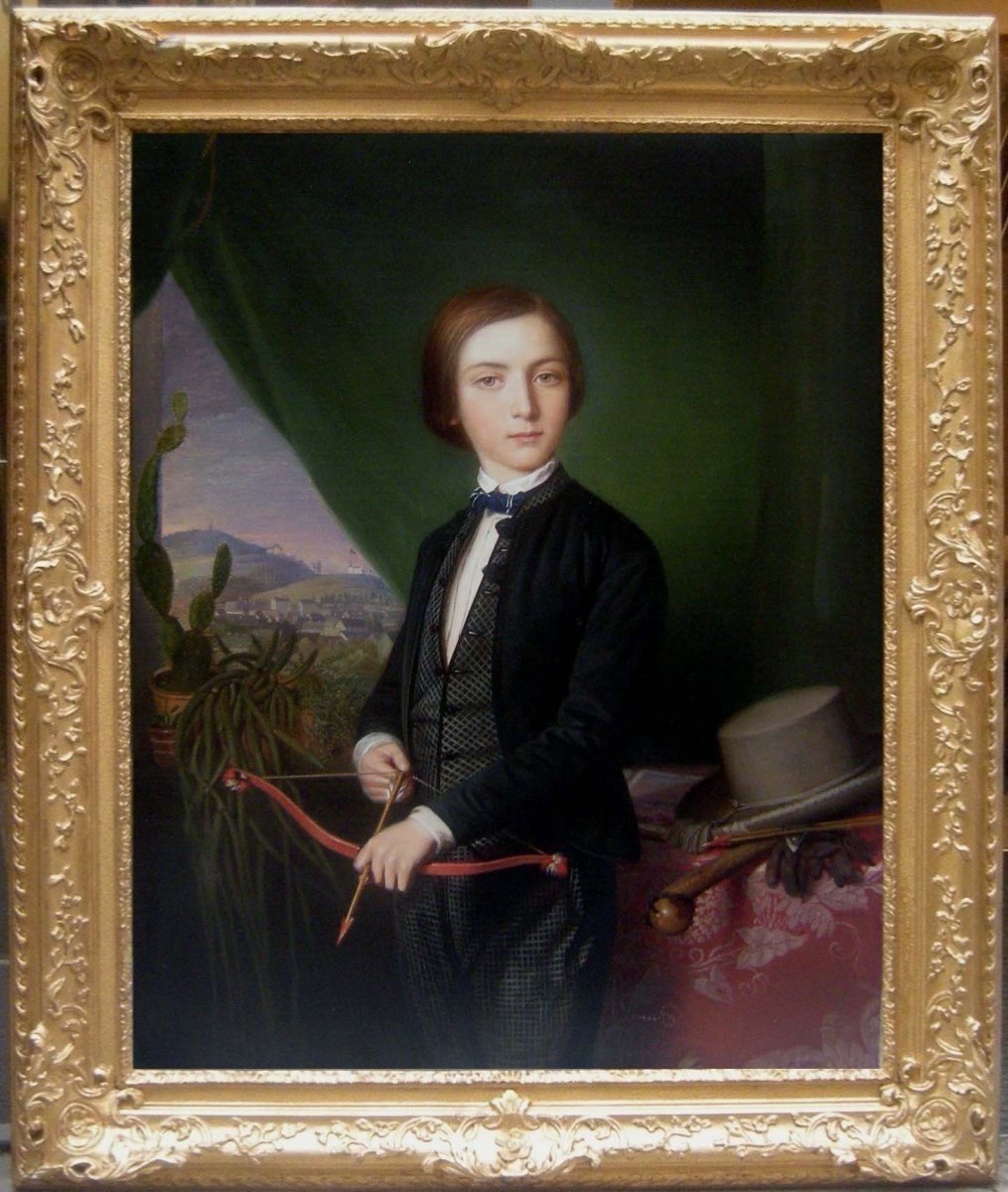
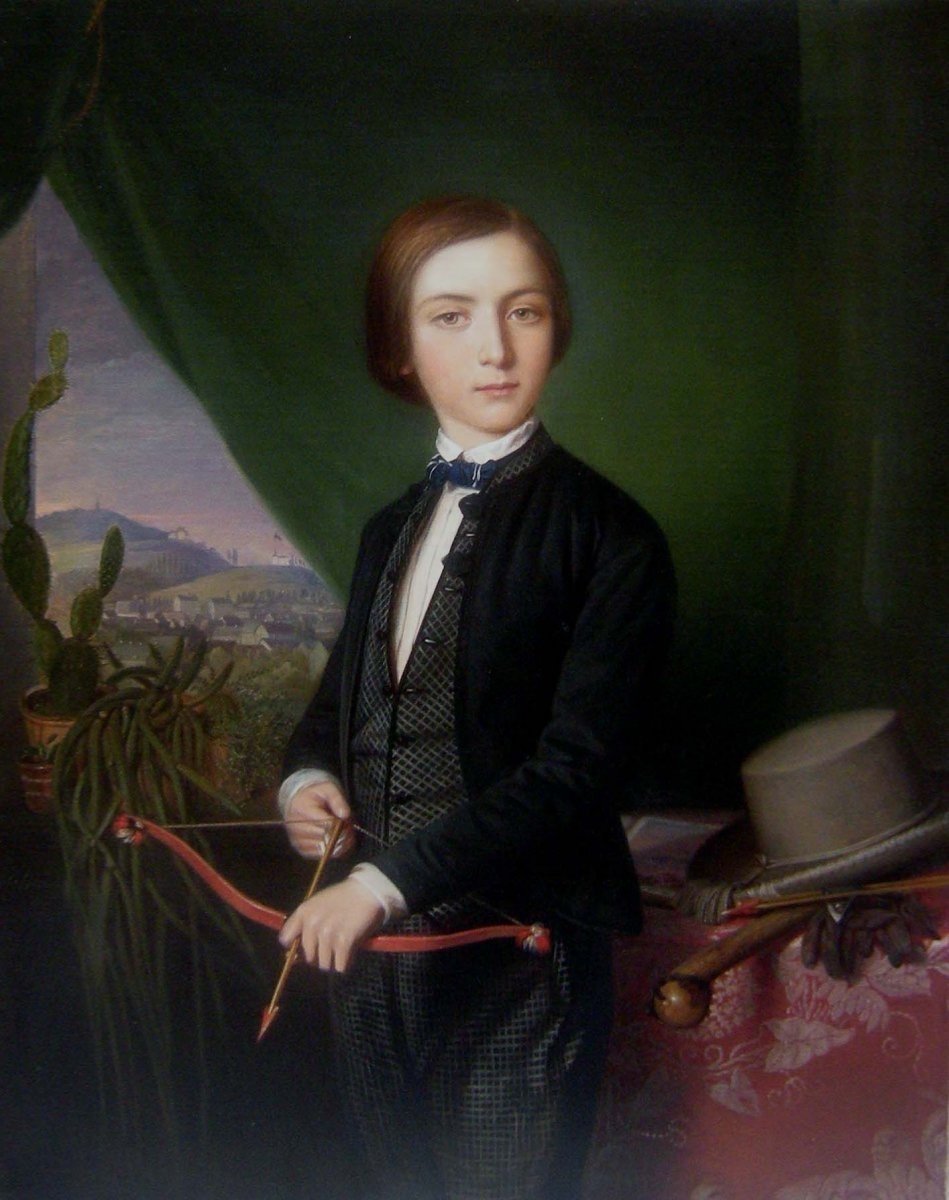
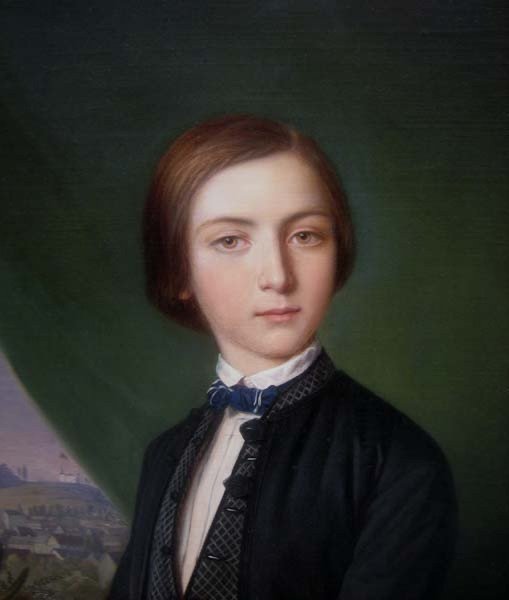
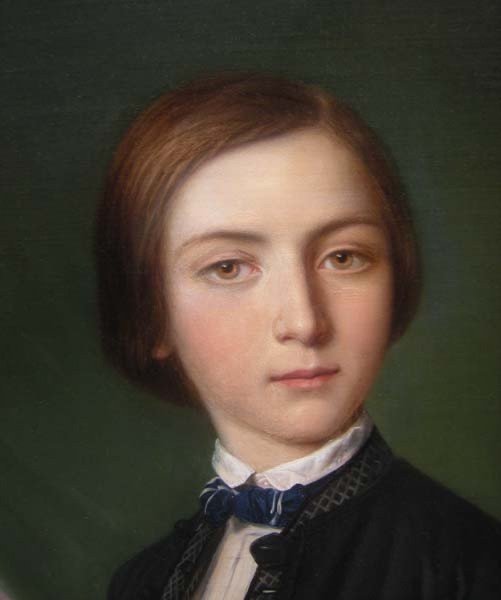
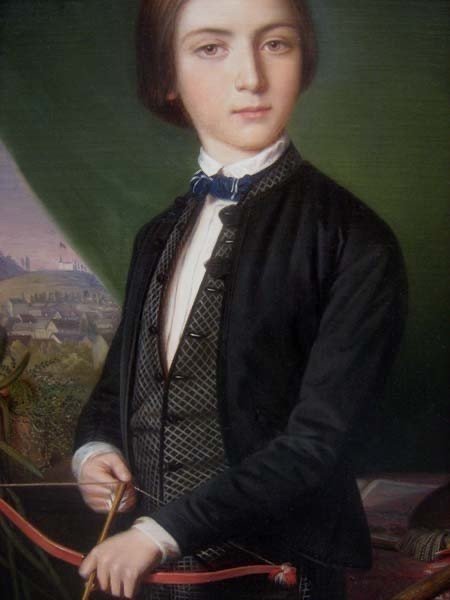
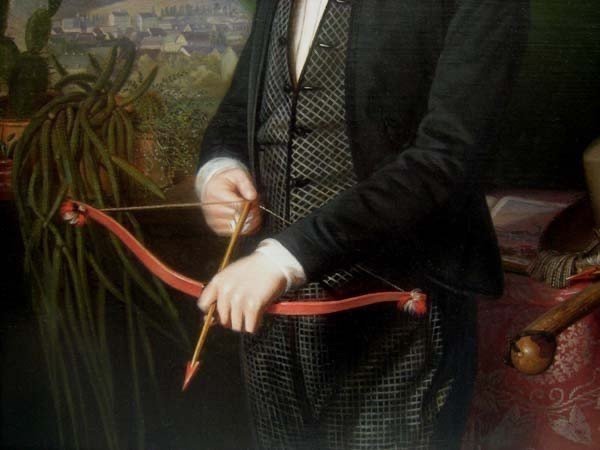
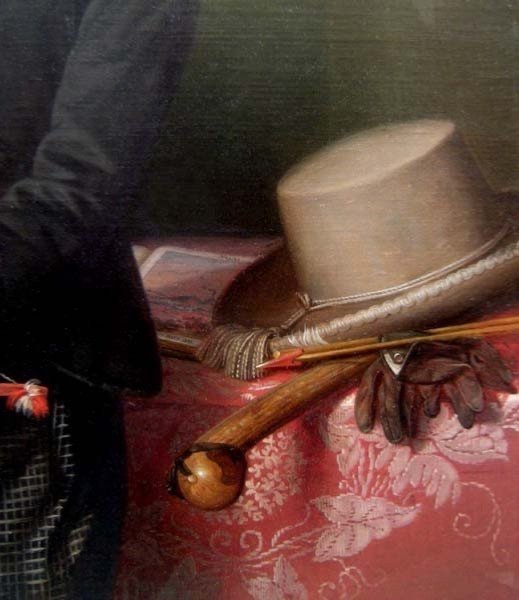
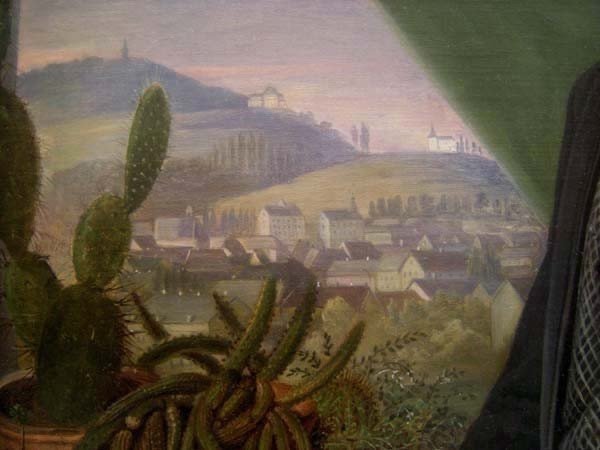
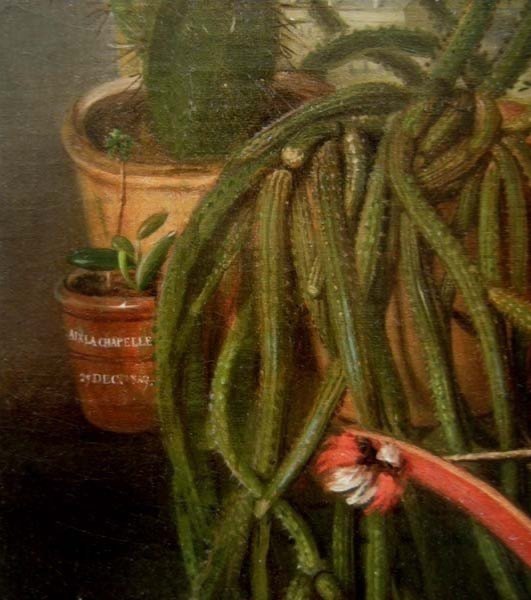
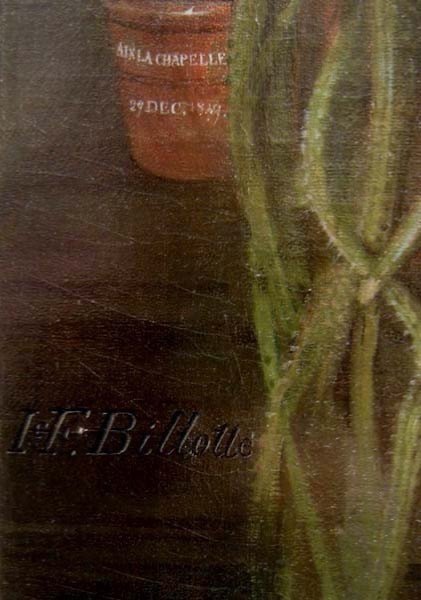
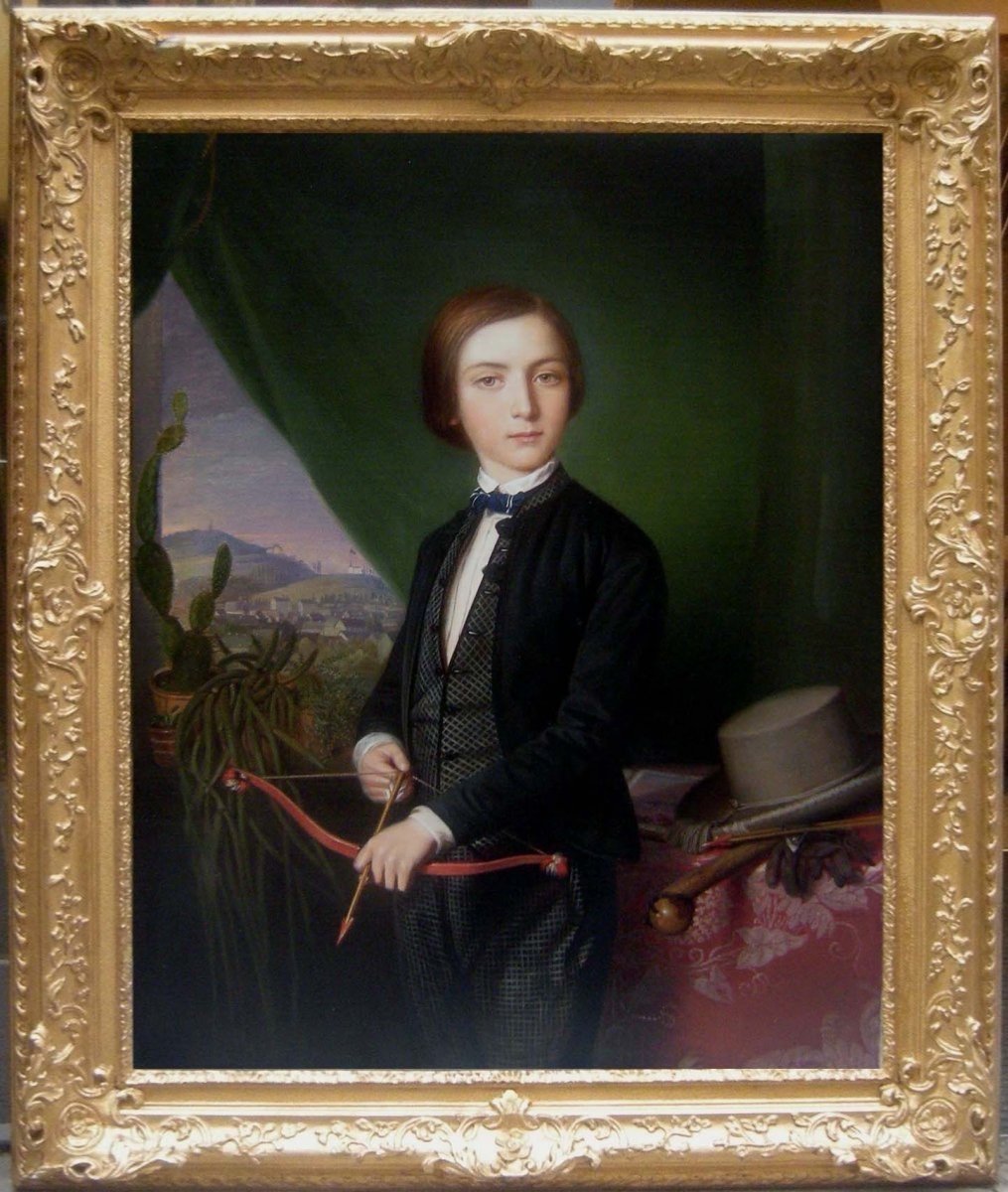












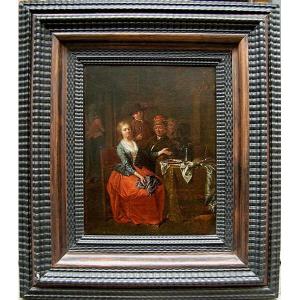
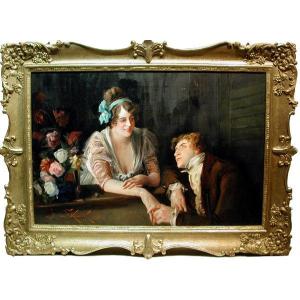
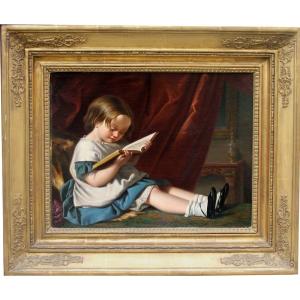



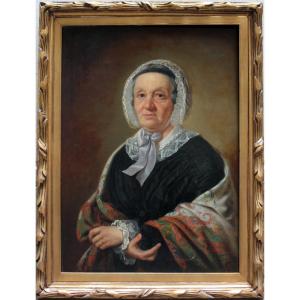
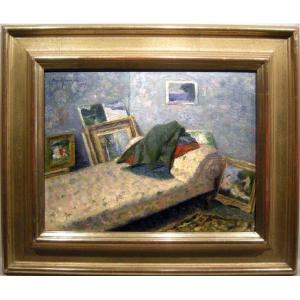

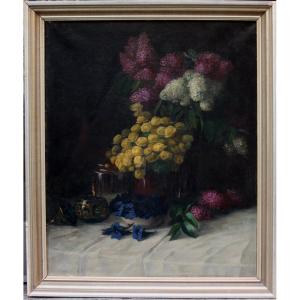


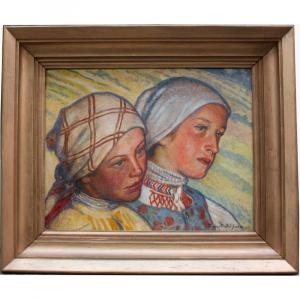
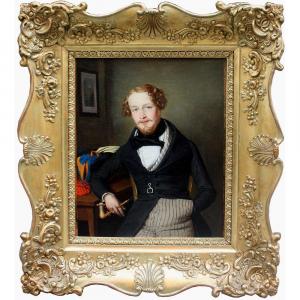
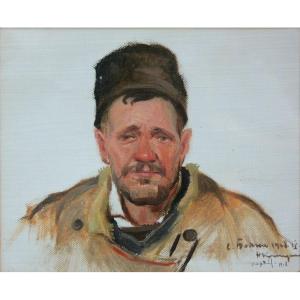




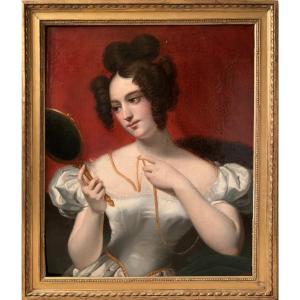



 Le Magazine de PROANTIC
Le Magazine de PROANTIC TRÉSORS Magazine
TRÉSORS Magazine Rivista Artiquariato
Rivista Artiquariato